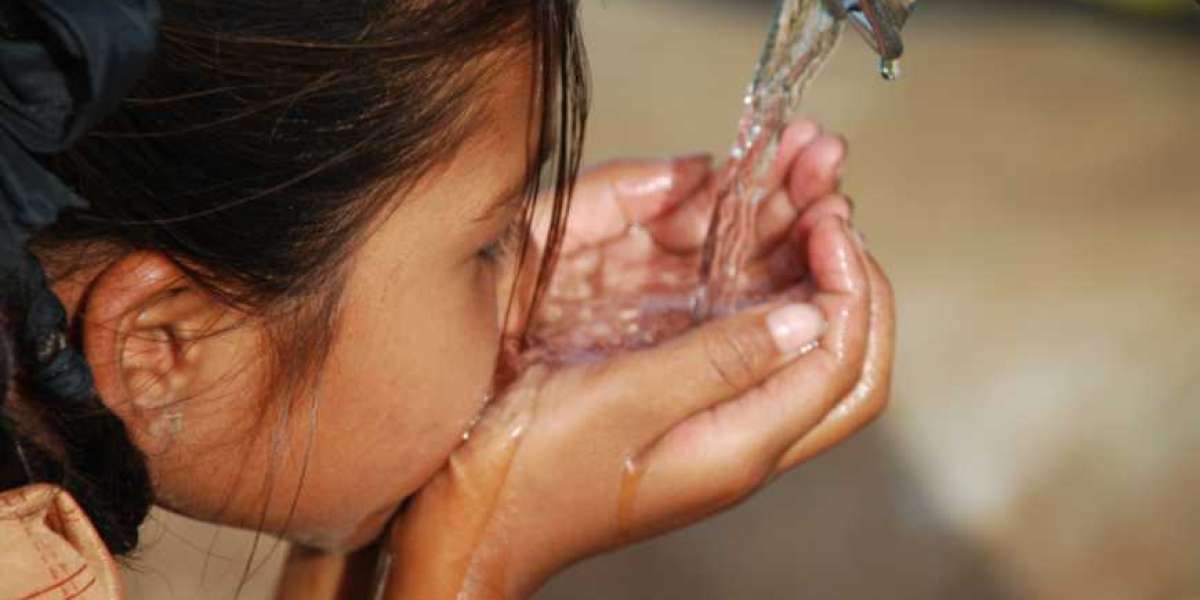Recognising this, the Government of India launched the Har Ghar Jal Mission under the Jal Jeevan Mission (JJM) in 2019, aiming to provide every rural household with a functional tap water connection by 2024. This initiative not only addresses water scarcity but also tackles broader social determinants of health, thereby contributing to improved well-being and quality of life across the nation.
The Interconnection Between Water Access and Health
The availability of potable water is intrinsically linked to health outcomes. Contaminated water sources are a primary cause of waterborne diseases such as diarrhoea, cholera, and dysentery, which disproportionately affect rural populations. By ensuring a reliable supply of clean water, the Har Ghar Jal Mission aims to reduce the incidence of these illnesses, leading to decreased morbidity and mortality rates.
Moreover, accessible tap water alleviates the burden on women and children, who traditionally bear the responsibility of fetching water, often from distant sources. This time-consuming task exposes them to physical strain and limits opportunities for education and economic activities. The mission's emphasis on household water connections empowers these groups, promoting gender equity and social development.
Progress and Achievements
Since its inception, the Har Ghar Jal Mission has made significant strides. As of March 2024, approximately 100 million rural households have been equipped with functional tap water connections, marking a substantial increase from the 32 million households recorded in 2019. This rapid expansion reflects the government's commitment to bridging the urban-rural divide in essential services.
The mission adopts a decentralised, community-driven approach, encouraging local participation in planning and implementation. Village Water and Sanitation Committees (VWSCs) play a pivotal role in managing and maintaining the infrastructure, ensuring sustainability, and fostering a sense of ownership among residents. Additionally, the initiative promotes the use of technology for real-time monitoring and quality control, enhancing transparency and efficiency.
Challenges and the Road Ahead
Despite commendable progress, the Har Ghar Jal Mission faces several challenges. Geographical disparities pose significant hurdles; remote and hilly terrains require innovative engineering solutions and increased resource allocation. Ensuring water quality remains a priority, as contamination from industrial effluents and agricultural runoff can undermine health benefits. Regular testing and remediation efforts are essential to address these concerns.
Financial constraints and the need for capacity building at the grassroots level also demand attention. Empowering local bodies with adequate training and resources is crucial for the long-term success of the mission. Furthermore, climate change-induced variations in water availability necessitate adaptive strategies, including the promotion of water conservation practices and the development of alternative sources.
Final Thoughts
In conclusion, the Har Ghar Jal Mission exemplifies a holistic approach to public health by addressing the critical nexus between water access and well-being. Its success hinges on sustained efforts, community engagement, and adaptive strategies to overcome emerging challenges. For a more comprehensive understanding of the mission and its impact on health determinants, visit the Observer Research Foundation's article







